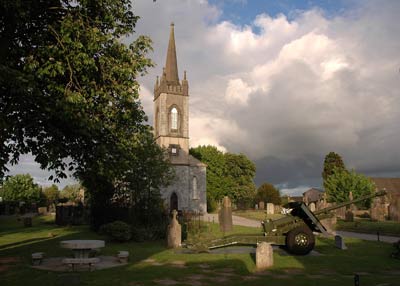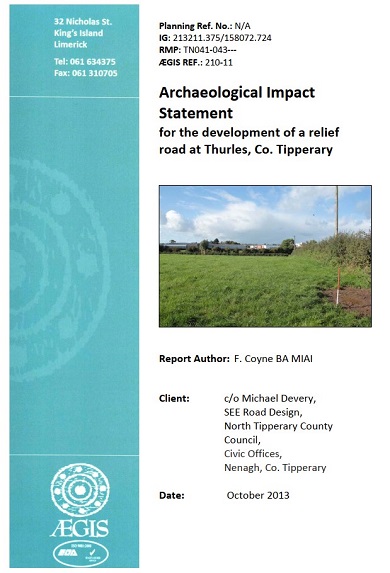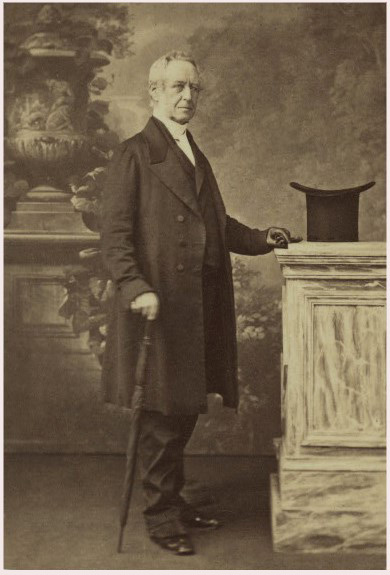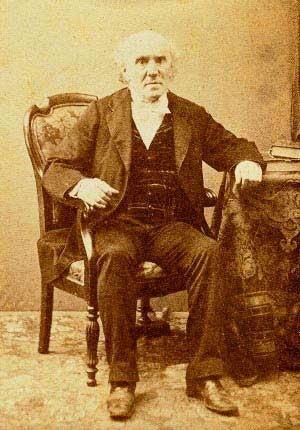Borrisoleigh Annual Festival Begins July 24th To 26th 2015.
All roads will lead to Borrisoleigh this coming weekend for the annual Borrisoleigh Festival, which takes place from Friday 24th to Sunday 26th July.
Here there will be something for everyone and for all ages over the course of this well planned festival weekend.

Pictured here prior to the launch of the 2015 Borrisoleigh Festival (sponsored by Ryan’s of Camden St., Dublin) are:- Back Row: Brendan Maher (Tipperary Senior Hurling Captain), Sean Shanahan, Marie Shanahan, Patrice Cooney, Mayor of Borrisoleigh, Tom Mason, Phil Mason, Kathleen Scanlon, Nuala Ryan, Fiona Max, Breda Ryan. Front Row: Joe Loughnane and members of the Ryan Family, Bernie, Liam, Martin (Snr), Pauline and Brenda.
Programme of Events
The weekend will kick-start with the Tomás Max Camogie U10 tournament on Friday evening to be held in the Town Park. Macks Funfair will also be present in the Town Park all weekend. The opening of the Festival will take place in The Square, with this year’s main sponsors, Ryan’s of Camden St. Dublin, making their official declaration at 9:00pm. This will be followed by live music from that hugely popular band ‘Acoustra’.
Walking Tours
Saturday July 25th starts early with walks organised by the Bush and Briar Ramblers to Knockanora (The Tower) and Latteragh, Forest Loop. Registration for these walks takes place in the Community Centre, to the rear of the Church, at 9.30am and 10.30am respectively.
A Historical Walk through Borrisoleigh takes place from 3:00pm to 6:00pm; starting at Shanahan’s Centra Store, coming down to McDonagh Square and finishing on Pallas Street. This event promises as always to be an enlightening and entertaining journey as participants examine Borrisoleigh’s past rich history.
Line Dancers
Borrisoleigh ‘Line Dancers’ will be displaying their fancy footwork from 12:00 noon to 1.30pm in McDonagh Square. A Food and Craft Fair will also be taking place in the Square from 12:00 noon to 6:00pm with local food and handmade crafts for sale.
Bake 4 Borris
A baking competition, ‘Bake 4 Borris’, will tantalise your taste buds also on Saturday. All baking entries must be dropped into the Community Centre before 2:00pm. (Viewing is from 3:00pm with the final results being announced by judges at 6:00pm.) Note: Entry is free and all cakes will be sold afterwards in aid of Festival organisational costs.
Be part of Irish TV
Irish TV will be present to record some of the events on Saturday, so ladies be sure to put on your best ‘Frock’ and you men, your best ‘Bib and Tucker,’ for this most publicised of televised event.
Variety Concert
Also on Saturday a ‘Variety Concert’ featuring talent from Borrisoleigh and neighbouring parishes begins at 7.30pm in The Square. There will be a special guest appearance by the Dubai Rose, Marie Ryan from Ballyroan; latter who will be interviewed by the local Mayor Patrice Cooney. Marie will also present the prizes for the school art competition. This Artwork will be on display to view in the local Community Centre throughout the weekend.
Churn Racing & Salsa Band
A large crowd is expected at 7.30pm for the Churn Racing display on Pallas Street which will feature some of the participants from the All Ireland Churn Racing competition held in Tipperary Town. This is a great opportunity to now see this unique and growing sport. To truly add to the festival atmosphere there will be live music in The Square with ‘Ochy Calderon’ Latin Caribbean Fusion Salsa Band; beginning from 9:00pm.
Family Fun Day
There will be a Family Fun Day in the Town Park on Sunday July 26th from 2:00pm to 5:00pm. This features a number of entertaining events such as a Veterans Hurling Tournament, Bubble Soccer, Vintage Car Display, Strongman Display, Tug of War, Pony Rides, Athletics, Sheaf Tossing, BBQ, Games of Skill, plus much, much more.
Live Music
Live music starts in The Square with Old Time Dancing by ‘The Castle Trio’ from 4:00pm to 6:00pm. They wll be followed on stage by the wonderful ‘Ebony’ from 4:00pm to 6:00pm. The band ‘Silver Dollar’ will finish off the live outdoor music from 8:00pm to 9.45pm with the official closing of the Festival by Lord Mayor Patrice Cooney.
Note: In the event of severe or inclement weather; all outdoor music gigs, due to play outdoor in The Square, will move to the village Community Centre.
Storytelling
Local pubs will also have live music on this weekend and even some Storytelling with the hilarious comic monologues of Fergus Costello; latter performing his show ‘Tell me lies horse’ in Finn’s pub on Saturday at 9:00pm.
For full event listings and more info visit www.borrisoleighfestival.com or follow on Facebook and Twitter.







